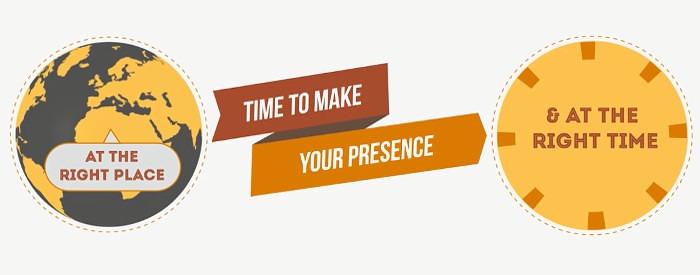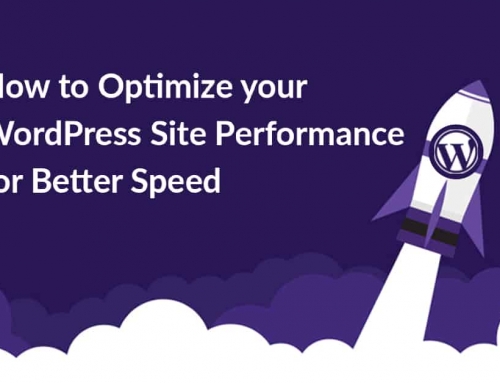Search engines are frequently limited in the way they crawl web and interpret different types of content. Web pages do not always appear the same to the search engines as they do to the visitors. In this article, we will explore some of the ways in which web pages can be designed both for the visitors as well as for the search engines.
Indexable content
To make sure that your website performs better in search engines, you should have content in your site that is indexable. By indexable content, we mean those that are presented in HTML text format. Flash files, images, Java applets or other non-text contents are frequently ignored by the search engine crawlers, even though crawling technology has advanced over the years. You can follow the web design guidelines presented below to have better search engine results:
- Provide an alt text for the images. Assign the images in jpg, gif or png format with alt text in HTML so that the search engines have a text description of your site’s visual content.
- Supplement the search boxes with crawlable links and navigation links.
- Supplement Java or Flash plug-ins with appropriate text on your web page.
- Present a transcript for audio and video content so that the words can be indexed by the search engines.
Crawlable Link Structures
Search engines not only depend on your website’s HTML content in order to have your site pages in their large keyword-based indexes, but they are also required to have links to that content as well. Your site’s pages should have crawlable link structures that can help search engine crawlers to find your website. Without such crawlable links, it will be difficult for search engines to find your site among thousands of others. Google or other search engines will consider pages without crawlable links to be simply nonexistent.
Usage of appropriate keywords
Keywords are crucial to the whole searching process as they form the basis of language and search. As a matter of fact, the way search engines operate is fully based on the correct implementation of keywords. Depending on the usage of keywords, search engines index contents of web pages from around the web in their keyword-based indexes instead of storing billions of web pages in a single database. By using millions of small databases that focus on some particular keyword allow search engines to retrieve all data they need within a split second.
However, you should also avoid exploiting keyword usage by putting them in all the wrong places. Many times, site developers simply stuff keywords where they do not need to, and this can actually do your site more harm than good.
On-page optimization
On-page optimization involves using your keywords strategically in different parts of your website pages so that they are detected by the search engine crawlers. Here are some of the places in which you can put keywords so that your site has the best on-page optimization features.
- At least once in your website title tag;
- Once prominently close to the top of your website page;
- Two to three times in the main body of the web page, including keyword variations; you can also use them more times in case there is a lot of relevant text content;
- In the alt text describing an image in your web page;
- Once in your web page’s URL;
- Once in your web page’s meta description tag
Title tags
The title of your page should be short and concise and it should provide an accurate description of what your site has to offer. It is important both for search engine optimization as well as for sound user experience. To make sure that your title tag has the maximum impact, you should implement important keywords within them, be mindful of its length and use branding to appeal to your target customers.
Meta tags
Meta tags actually provide proxy information about a website and its content. The most important and popular meta tag is Meta Description – this is typically used to inform search engines what that page is about. It is also displayed in search engine results below the page title. Other types of meta tags are in use too, such as index/noindex tags, follow/nofollow tags, noarchive tags, nosnippet tags and noodp/noydir tags, and each of them have their very own functions.







Leave A Comment